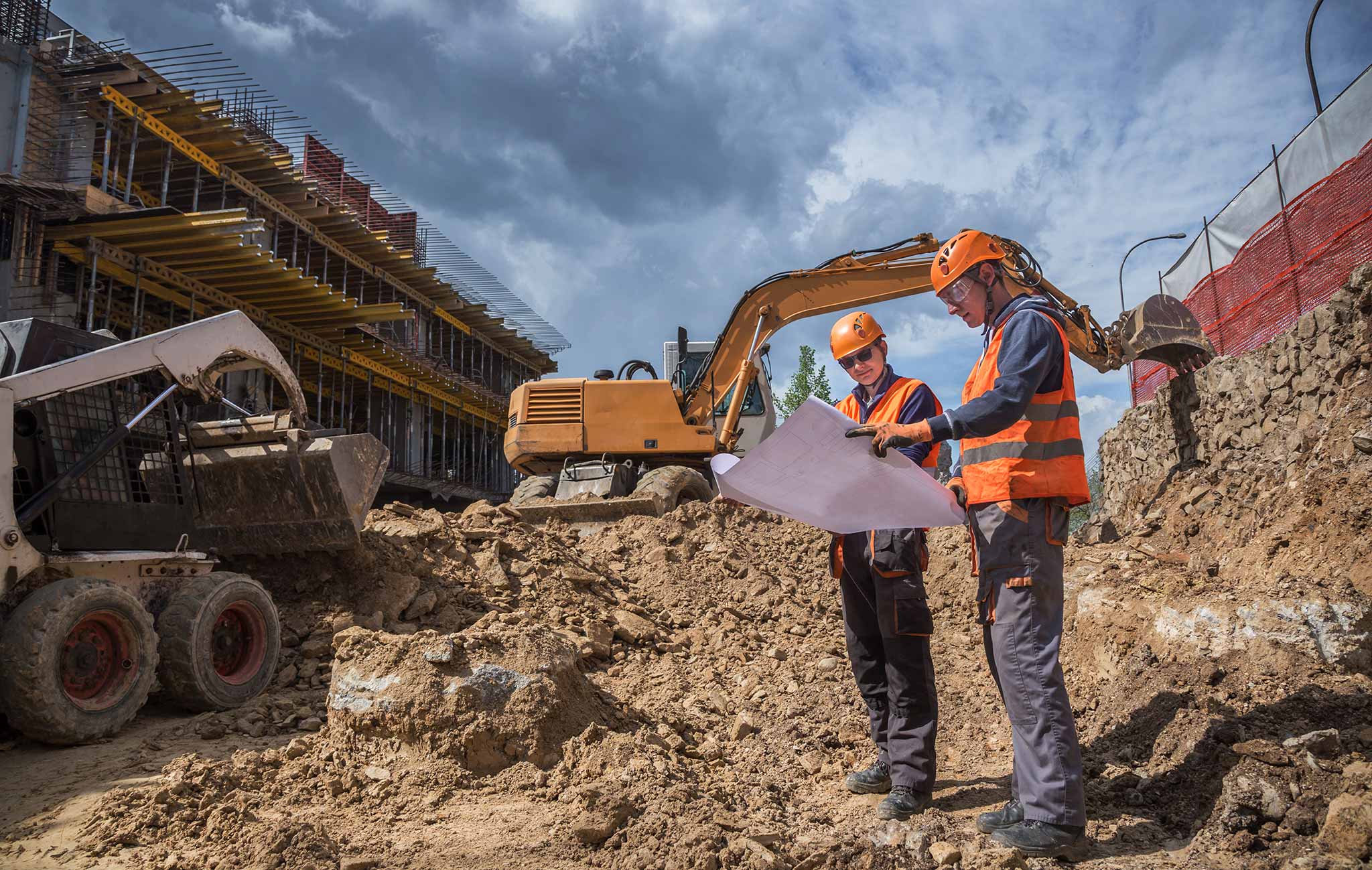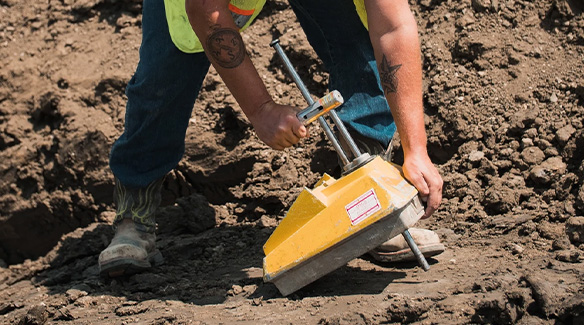Tailings Engineer: Necessary Experience for Lasting Waste Monitoring in Mining
Wiki Article
The Interdisciplinary Approaches in the Geotechnical Market: Connecting the Space Between Engineering, Geology, and Environmental Science for Ideal Task End Results
The integration of engineering, geology, and ecological scientific research within the geotechnical market is not simply helpful; it is vital for attaining ideal job end results. What strategies might arise to facilitate this vital cooperation and improve the effectiveness of geotechnical methods?Relevance of Interdisciplinary Collaboration
The value of interdisciplinary collaboration in the geotechnical market can not be overstated. Reliable geotechnical tasks need the assimilation of varied expertise from different areas, consisting of engineering, geology, and environmental science. This collaboration ensures that all elements of a job are considered, causing detailed solutions that resolve complex obstacles.When working in seclusion,Interdisciplinary cooperation cultivates technology by making it possible for specialists to share insights and techniques that might not be apparent. By leveraging the strengths of numerous techniques, teams can determine potential threats, maximize design processes, and enhance the sustainability of geotechnical tasks. Additionally, such partnership advertises a holistic understanding of site-specific conditions, which is critical for exact assessment and decision-making.
The intricacy of geotechnical tasks necessitates a coordinated approach to problem-solving. Eventually, interdisciplinary collaboration is important for progressing finest practices and attaining quality in the geotechnical market.
Trick Roles of Each Self-control
Collaboration among different disciplines is not just beneficial; it is essential for the effective execution of geotechnical tasks. Each technique-- engineering, geology, and ecological scientific research-- plays a distinctive yet interconnected function that adds to forecast efficiency and sustainability.Geotechnical designers are primarily in charge of developing structures and guaranteeing structural stability. They evaluate soil and rock properties to evaluate load-bearing abilities, giving necessary information for secure building techniques. Their know-how enables the solution of ingenious remedies to complicated obstacles.

Environmental scientists assess the possible effects of building on communities and water resources. They perform ecological evaluations and establish reduction strategies to minimize adverse effects. By integrating eco-friendly considerations, they ensure compliance with policies and advertise sustainability throughout the project lifecycle.
Case Research Studies of Successful Integration
Successful integration of geotechnical techniques can be exemplified through numerous study that highlight the performance of teamwork in resolving intricate design obstacles. One noteworthy example is the building and construction of the Hong Kong-- Zhuhai-- Macau Bridge, where a joint approach including geotechnical engineering, geology, and ecological science was critical. Geologists and designers functioned in unison to assess the seabed conditions and maximize the structure design, making certain stability and reducing environmental effect.One more impactful case is the improvement of incline security in the San Francisco Bay Area, where an interdisciplinary team combined geotechnical analysis with ecological assessments. By integrating geological surveys and hydrological researches, the group effectively determined potential landslide risks and applied efficient reduction procedures, boosting safety and security and sustainability.
Furthermore, the redevelopment of Brownfield sites typically needs a multidisciplinary technique. In one instance in Chicago, cooperation among geotechnical designers, ecological researchers, and urban organizers resulted in the effective removal of polluted soil, permitting the risk-free improvement of the website right into a community park. These study highlight that interdisciplinary collaboration not just addresses technical challenges yet likewise promotes cutting-edge services that benefit both projects and areas.
Challenges in Multidisciplinary Projects

In addition, coordinating timetables and process amongst different teams can be problematic, particularly when each technique has distinct project turning points and deliverables. This misalignment can result in hold-ups and enhanced prices. The difficulty of source allotment also impends large; ensuring that specific expertise is readily available at vital times needs careful preparation and foresight.
Last but not least, regulatory conformity positions another substantial challenge. Each technique might deal with various governing frameworks, and lining up these needs to meet task goals can be taxing and intricate. Dealing with these challenges requires solid leadership and effective interaction techniques to cultivate collaboration and make sure that multidisciplinary groups function cohesively towards shared objectives.
Future Trends in Geotechnical Practices
As the geotechnical industry develops, arising fads are improving practices to resolve the obstacles faced in multidisciplinary projects - geo tech engineer. One substantial pattern is the raised assimilation of advanced technologies, such as synthetic knowledge and artificial intelligence, into geotechnical analysis and design. These technologies enhance predictive modeling and danger evaluation, allowing engineers to make more enlightened choices throughout the task lifecycle
Furthermore, the adoption of electronic doubles and real-time monitoring systems is becoming more prevalent. These tools assist in recurring analysis of dirt problems and structural performance, permitting prompt treatments when problems develop.
Final Thought
In verdict, the integration of design, geology, and ecological scientific research is crucial for accomplishing optimum end results in the geotechnical sector. Interdisciplinary partnership promotes development, enhances problem-solving abilities, and aligns technological needs with ecological sustainability. consulting engineer Successful study show the benefits of this strategy, while recognizing the difficulties encountered in multidisciplinary jobs. Looking ahead, welcoming these collective practices will be important for navigating future fads and advancing the area of geotechnical design.The combination of design, geology, and ecological science within the geotechnical market is not merely helpful; it is imperative for attaining optimal task results. Efficient geotechnical tasks require the combination of varied know-how from numerous areas, consisting of engineering, geology, and ecological science.Navigating the intricacies of multidisciplinary jobs in the geotechnical sector presents numerous significant difficulties.As the geotechnical industry progresses, arising trends are reshaping techniques to resolve the challenges dealt with in multidisciplinary tasks. Geotechnical engineers are progressively teaming up with environmental researchers to make certain that projects line up with sustainability objectives and abide with regulatory needs.
Report this wiki page